At IntraSee, we have been proponents of automation for a very long time. Every new industrial revolution has taken place because a new way of automating things was discovered. In the world of digital assistants (aka extremely advanced chatbots), the benefits of automating both conversations and back office activities were obvious: reduced operating costs and a better user experience (UX).
But despite the glaring need for more automation in the workplace, many organizations have been slow to make it a priority. And then COVID happened. In a matter of weeks, automation went from a low priority to mission-critical for many executives.
A recent study by Bain & Company brought to light a dramatic switch in how organizations now view automation as a way to create business resilience and mitigate risk during a crisis.
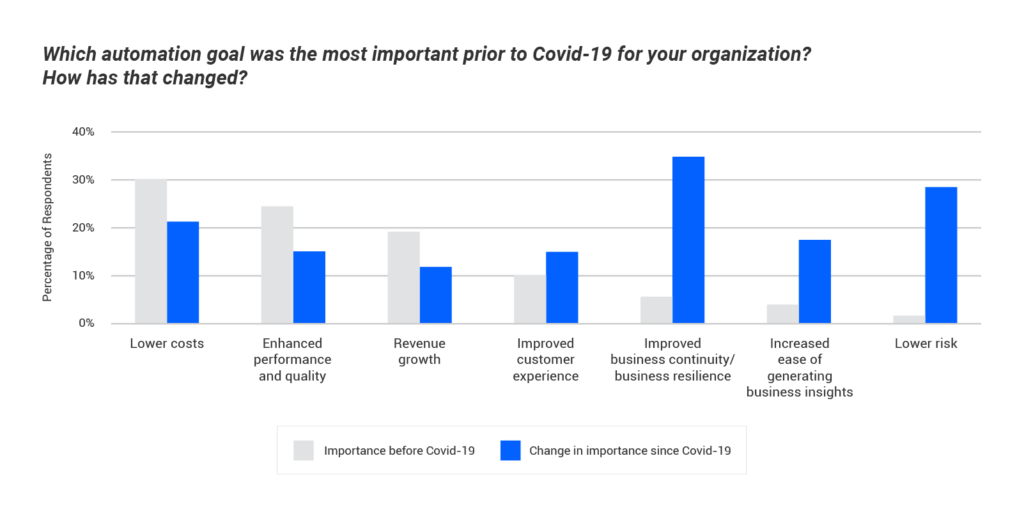
As you can see, the COVID crisis has acted as a major jolt to companies globally. The ability to successfully navigate any crisis with the least impact to how the organization is run is now deemed as the number one reason for implementing an automated solution.
Business continuity during any crisis is best ensured by automation. And if this also brings lower operating costs and higher quality, then it should be a slam dunk decision for any organization.
And because of this, barriers to automation are coming down, right across the board, due to the current pandemic.
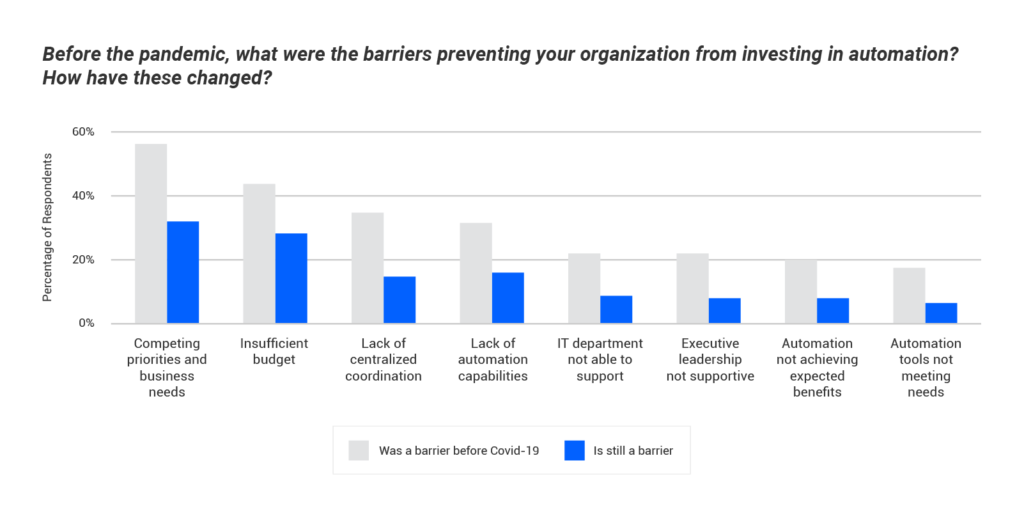
What is very clear is that executives have made a massive shift in how they intend to use their technology budgets, and for the upcoming year resources will be focused on the automation of the Enterprise, and previous barriers are all being swept to the side.
And this shift shows up in what has actually occurred since the pandemic kicked in. Looking at the chart below, you can see the adjustments being made that are primarily based on workforce actions – which is what you would totally expect. But you can also see that automation has now become a key focus in terms of delivery-based actions.

Even before COVID, automation was on the roadmap across all industry sectors. Only now the focus has intensified.
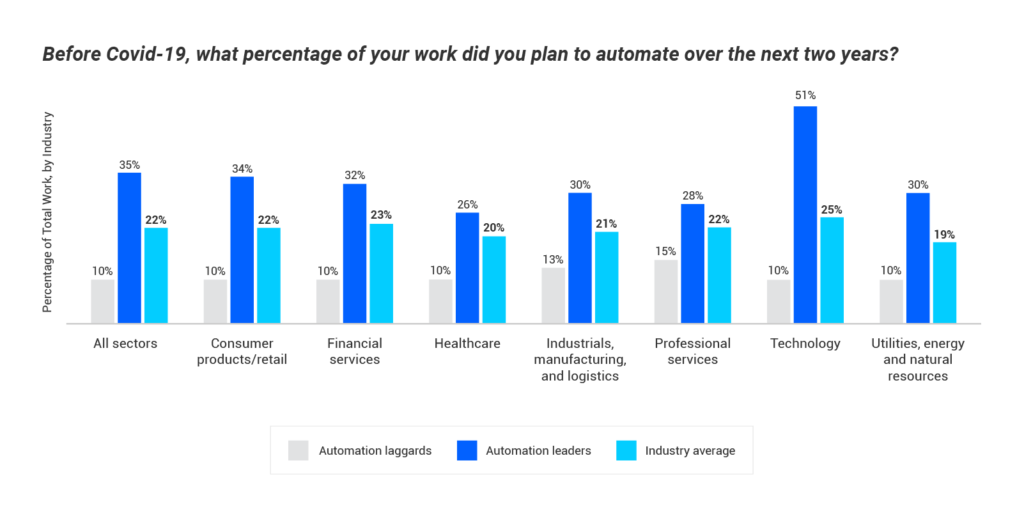
Bain’s conclusion as to the impact of automation as a pandemic risk mitigation strategy:
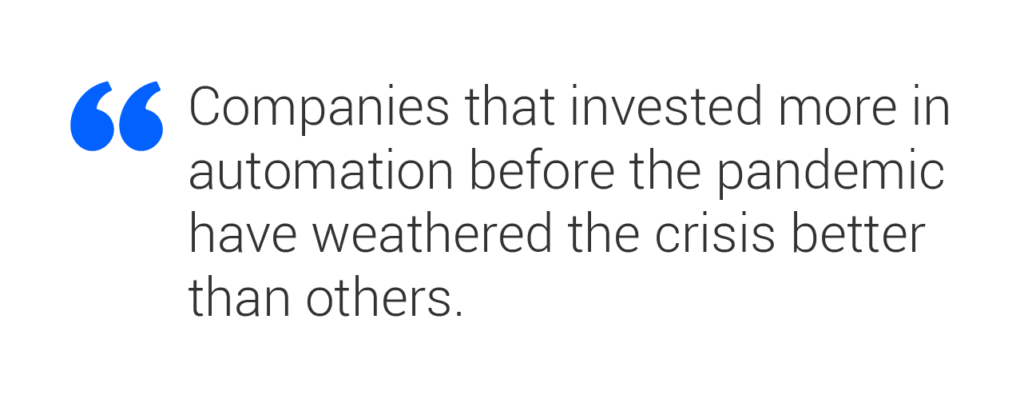
While Forrester proclaimed:
The COVID-19 health crisis is on everybody’s mind. Once it passes — which it eventually will — one of its lasting legacies will be a renewed focus on automation
Meanwhile IDC noted:
“I haven’t talked to anyone who’s not doing automation as a way to become more competitive, and more resilient.”
AI in the workplace is set to explode in 2021 as part of the fourth industrial revoluton and the move to AI-fueled automation. COVID-19 has not slowed down this move. Quite the contrary, the current pandemic has accelerated the move to automation as a means of ensuring business-as-usual during a crisis.
Digital assistants are the most logical next step for automating how your entire organization interacts with the Enterprise. Given that, it’s clearly time to implement a robotic means of ensuring business resilience in the COVID and post-COVID world. And if you can reduce operating costs, and improve the UX, all the better.
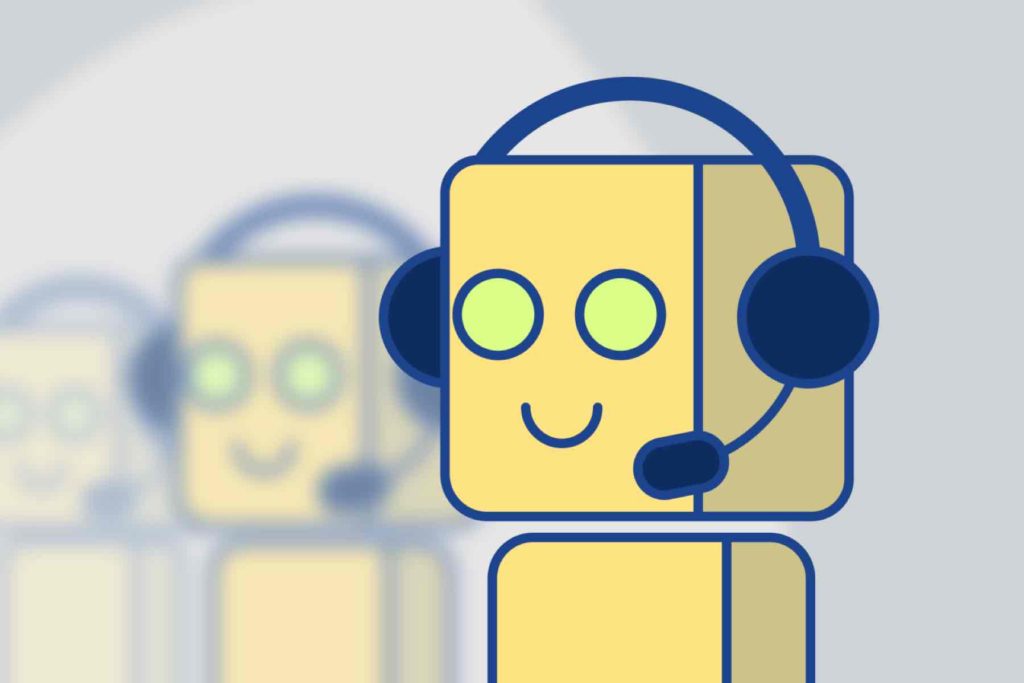
If you would like more information, or would like to see a demo of how to automate your Enterprise, please contact us below


